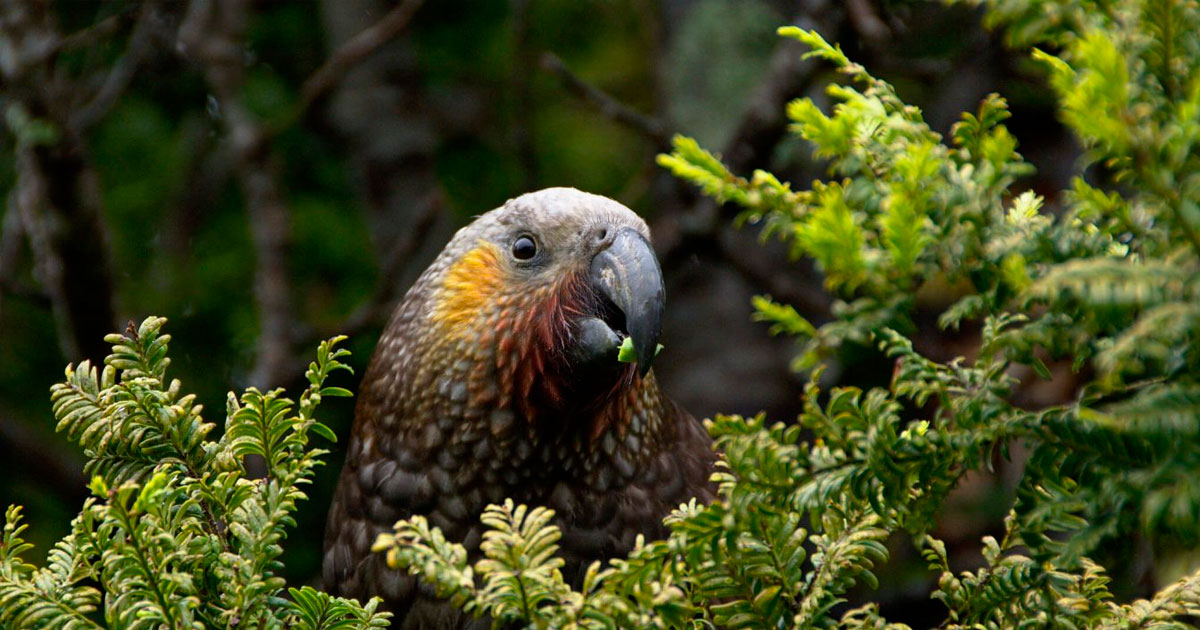
14 Oct UMC Mesh Fencing Products Protecting Native Wildlife
UMC Machinery’s mesh fencing products protecting native wildlife and the future of the endangered kākā with the biggest ever release of the native parrots into the wild.
The future of the endangered kākā received a boost today, but tourists are being urged not to feed the vulnerable, inquisitive native parrot.
Home will now be in the heart of Abel Tasman National Park for 24 kaka. Ninety per cent of the park now has stoat traps, and kākā were first reintroduced in 2015. It’s the biggest release to date, with 12 today, another 12 next month.
Tourists are being urged not to feed the vulnerable native bird if they meet them. “One of the concerns is that we want to make sure they have a natural diet,” Project Janszoon Trustee Devon McLean told 1 NEWS.
“We don’t want you giving them your spare sandwich or encouraging them with food to come in close.”
Watch as 1 NEWS reporter Kaitlin Ruddock gets up close with the curious kaka in the video above.


